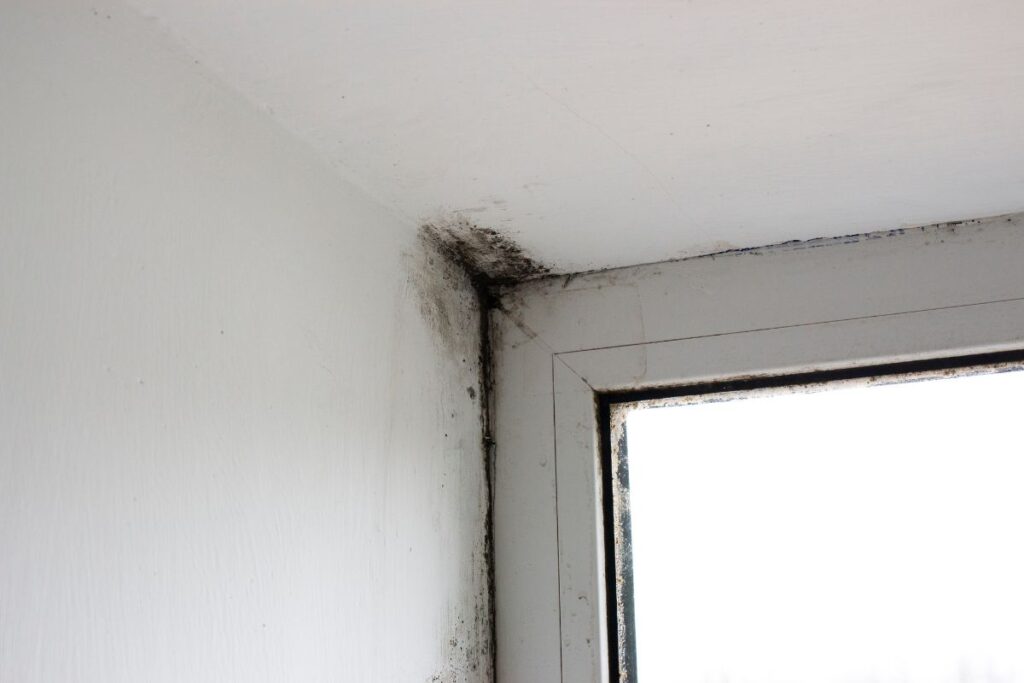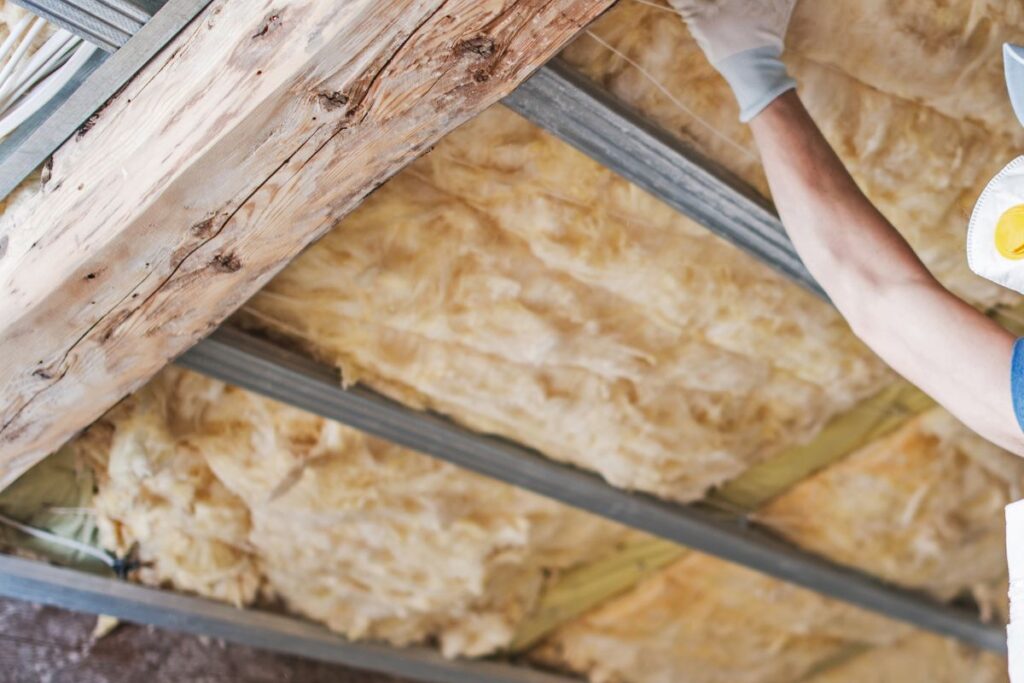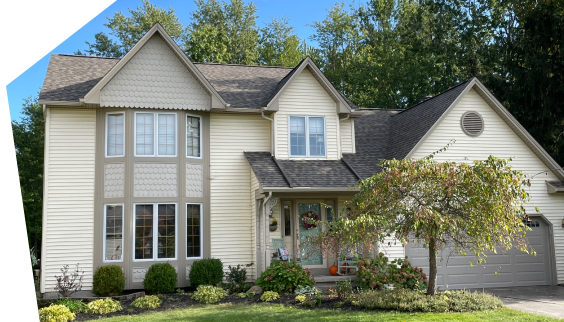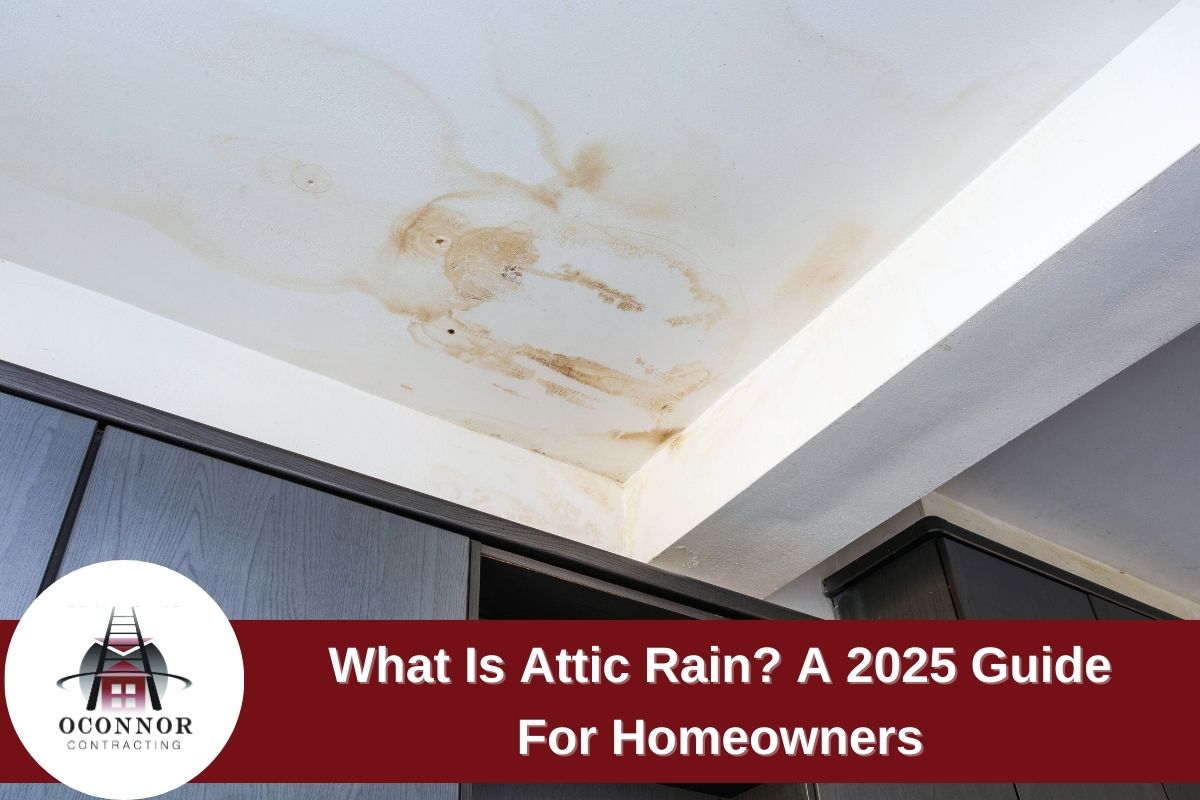Does your attic have damp spots, water droplets, or even mold, even though your roof doesn’t seem to be leaking? This damage could be caused by attic rain, and it’s more common than many people realize. With today’s changing weather and tightly sealed homes, attic rain is becoming an even bigger issue in 2025. That’s why it’s important to understand what causes it, how to spot the signs, the damage it can do, and the best ways to prevent it now and in the future.
Let’s get into this blog post and understand what attic rain is.
What Is Attic Rain?

The phenomenon known as “attic rain” occurs when warm, humid air from a house rises into the attic during cold weather, condenses on the cold roof structure, and then turns into ice or frost. This frost melts quickly when the temperature rises, causing water to drip into the living areas through fixtures, walls, or ceilings. Damage like discolored ceilings, weakened insulation, the spread of mold, and structural deterioration might result from this occurrence. Inadequate insulation, unconnected exhaust vents, and inadequate ventilation are some of the things that frequently make it worse.
Also Read: Can You Install A Skylight If You Have An Attic?
How to Spot Attic Rain
Here are the signs so you’ll know how to deal with attic rain before it causes major damage.
1. Musty or Mildew Smell
A strong, musty odor coming from the attic is often the first warning sign. This smell comes from trapped moisture, which leads to mold and mildew growth. It usually points to poor ventilation or high humidity.
2. Water Stains on Ceilings or Walls

Brown or yellow stains on ceilings, especially around attic hatches, bathroom vents, or light fixtures, are signs that frost has melted and leaked through. These spots show where water is seeping in.
3. Wet or Damp Insulation

If your attic insulation feels wet or soggy, it’s a clear sign that moisture is affecting it. This reduces the insulation’s ability to keep heat in, raising energy bills and risking structural damage.
4. Rusty Nails or Screws
Rust on nails or screws in the attic usually means there’s too much moisture in the air. You might also see water marks on wooden beams or framing, which suggests ongoing condensation.
5. Frost or Ice Buildup
If you notice frost or ice forming on roof trusses, vents, or soffits during cold weather, that’s a direct sign of attic rain. When the weather warms up, this frost melts quickly and can lead to water damage inside your home.
What Causes Attic Rain?
To understand why attic rain happens, let’s take a look at what causes it:
1. Extreme Temperature Changes
When the weather shifts quickly between hot and cold, warm air from inside your home rises into the attic and hits cold surfaces like the roof. This causes moisture to form, which freezes and later melts, leading to water buildup, known as attic rain.
2. Poor Ventilation
Without proper airflow in the attic, moisture has nowhere to escape. Snow and ice can block vents in winter, making things worse by trapping damp air and increasing condensation.
3. High Humidity Indoors
Normal things you do in your home, like cooking, showering, and simply breathing, add moisture to the air. If this humid air moves into the attic and the space isn’t ventilated well, it sticks to cold surfaces and turns into frost or condensation.
4. Gaps and Cracks in the Home
Cracks, holes, or poorly sealed spots in ceilings and walls let warm air escape into the attic. Once inside, it hits cold surfaces and turns into moisture, raising the chances of attic rain.
5. Not Enough Insulation
When insulation is missing or not installed properly, it allows heat to move from the living space into the attic. This temperature difference can create condensation on colder parts of the attic.
6. Air Leaks from Fixtures and Ducts
Warm air can leak into the attic through gaps around lights, fans, pipes, or poorly sealed ducts. If exhaust fans from bathrooms or kitchens vent into the attic instead of outside, they release even more moisture into the space.
7. Tightly Sealed, Energy-Efficient Homes
New homes are built to be airtight to save energy, but this can backfire if moisture has no way to escape. Without enough ventilation, moisture stays trapped inside, increasing the risk of attic rain.
Why Homeowners Should Worry About Attic Rain
Attic rain can cause significant issues in a home, including:
1. Damage to Your Home’s Structure
Water from attic rain can drip into your ceilings and walls, soaking insulation and damaging wood. Over time, this can lead to rot, mold, and even weaken your home’s structure. Fixing extensive damage like this can be very expensive.
2. Health Risks from Mold
Extra moisture in the air creates the perfect environment for mold and mildew to grow. Mold can lead to breathing problems, allergies, and other health issues, especially for children or anyone with asthma.
3. Higher Energy Bills
When insulation gets wet from attic rain, it doesn’t work properly. This makes it harder to keep your home warm in winter or cool in summer, which means you’ll end up using more energy and paying more on your utility bills.
4. More Damage During Sudden Weather Changes
If the weather quickly warms up after a cold snap, the frost in your attic can melt all at once. This sudden melting can cause water to drip into your home and damage ceilings, walls, or fixtures.
5. Repair Costs Add Up
If attic rain is ignored, it can lead to big repair bills. You may need to replace insulation, drywall, or even parts of your roof. Taking simple steps now, like improving airflow and sealing leaks, can save you money down the road.
Also Read: How To Insulate Roofs Without Attics
How To Prevent Attic Rain
To stop the problem before it starts, here are some easy tips and attic rain solutions homeowners can try:
1. Improve Attic Ventilation
Good airflow is key to preventing moisture buildup. Add intake and exhaust vents or use an attic fan to keep the air moving and reduce humidity. This helps stop the condensation that leads to attic rain.
2. Seal Air Leaks
Look for gaps and cracks around vents, pipes, or attic doors. Use caulk or spray foam to seal them up. Sealing stops warm, moist air from escaping into the attic and turning into frost or condensation.
3. Upgrade Your Insulation
Make sure your attic is well-insulated. This keeps warm air from rising into the attic and creating frost, which later melts and causes water damage.
4. Install a Heat Recovery Ventilator (HRV)
An HRV system brings in fresh, dry air from outside while getting rid of humid indoor air. It’s energy efficient and helps keep your home’s moisture levels balanced.
5. Use Desiccants
Place moisture-absorbing packets or use a desiccant-style dehumidifier in small attic spaces. These help pull moisture from the air and dry things out faster.
6. Apply Mold-Resistant Coatings
If mold has started to grow, clean the area and apply a special mold-resistant coating. It helps stop mold from coming back and protects your attic surfaces.
Schedule a Roof Inspection with OConnor Contracting Today!
Don’t let attic rain damage your home. At OConnor Contracting, we offer detailed roof inspections to catch moisture problems early before they become serious. Our experienced team of roofers carefully checks your roof, attic ventilation, and insulation for signs of condensation, water damage, and poor airflow, common causes of attic rain. We know the challenges homeowners face, and our inspections help keep your attic dry and safe. Book your roof inspection with us today at (716) 600-7663 and protect your home with confidence.
FAQs
Is Damage Caused by Attic Rain Covered By Insurance?
Attic rain is usually not covered by standard home insurance since it’s seen as a maintenance issue, not sudden damage. Check your policy or ask your agent to be sure, and take steps to prevent it early.
What Will Happen If Rainwater Gets Into Attic Vents?
If rain gets into attic vents, it can damage insulation, weaken wooden parts, and lead to mold or mildew. The extra moisture can also cause condensation and may affect electrical systems, increasing fire risk. That’s why proper vent installation and maintenance are so important.


